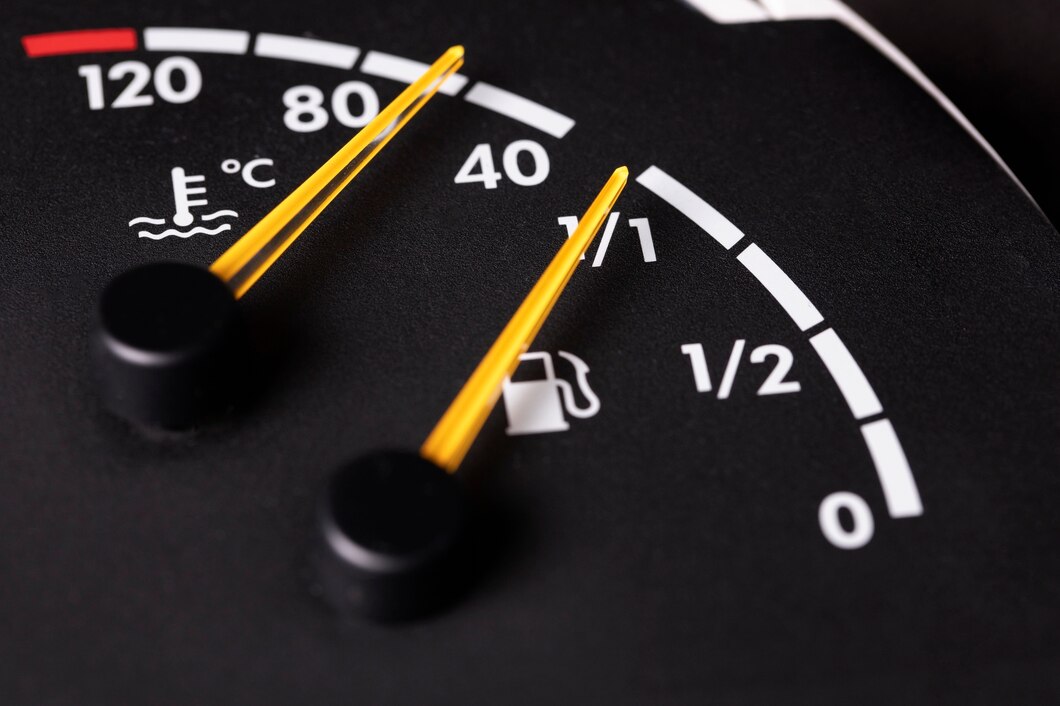Your car’s temperature gauge is a crucial indicator of its health, monitoring the engine’s operating temperature. When this gauge malfunctions, it can lead to serious consequences if not addressed promptly. Here are some early signs that your car’s temperature gauge may not be working correctly, and what you should do about it:
1. Inconsistent Readings or No Movement
One of the most obvious signs of a faulty temperature gauge is when it shows inconsistent readings or fails to move at all, despite the engine running. Normally, the gauge should rise to a midpoint or a specified temperature range as the engine warms up. If it stays at the lowest point or shows erratic behavior, it indicates a potential issue.
2. Engine Overheating Warning
If your car’s engine overheating warning light comes on but the temperature gauge remains in the normal range, this discrepancy is a clear indicator that the gauge is not functioning properly. Ignoring this can lead to serious engine damage as overheating is not being accurately monitored.
3. Coolant System Symptoms
A malfunctioning temperature gauge can also manifest in symptoms related to the coolant system. For instance, if the gauge consistently shows a cold engine even after it has warmed up, it may cause you to overlook issues like low coolant levels, a faulty thermostat, or a malfunctioning coolant temperature sensor.
4. Electrical Issues
Sometimes, temperature gauge problems can be linked to electrical faults. Loose connections, corroded wiring, or a blown fuse can all disrupt the gauge’s ability to accurately read and display temperatures. Checking these components should be part of diagnosing any temperature gauge issues.
5. Testing with an OBD Scanner
Modern cars often allow for diagnosing gauge issues using an On-Board Diagnostics (OBD) scanner. This tool can read live data from the engine and detect discrepancies between actual engine temperature and what the gauge displays. If you suspect a gauge problem, using an OBD scanner can provide clarity on whether the gauge itself or another component is at fault.
What to Do Next:
- Consult a Mechanic: If you notice any of these signs, it’s crucial to have your car inspected by a qualified mechanic. They can perform diagnostics to pinpoint the exact cause of the temperature gauge malfunction and recommend necessary repairs.
- Address Promptly: Ignoring a faulty temperature gauge can lead to severe engine damage due to overheating, which is costly to repair. Prompt action ensures your car remains safe and reliable.
- Consider Replacement: Depending on the diagnosis, your mechanic may recommend replacing the temperature gauge itself or other related components like sensors or wiring harnesses.
In conclusion, being aware of the early signs of a malfunctioning temperature gauge can save you from costly repairs and ensure your car’s engine operates at optimal temperatures. Regular monitoring and prompt attention to any gauge irregularities are key to maintaining your vehicle’s health and longevity.











